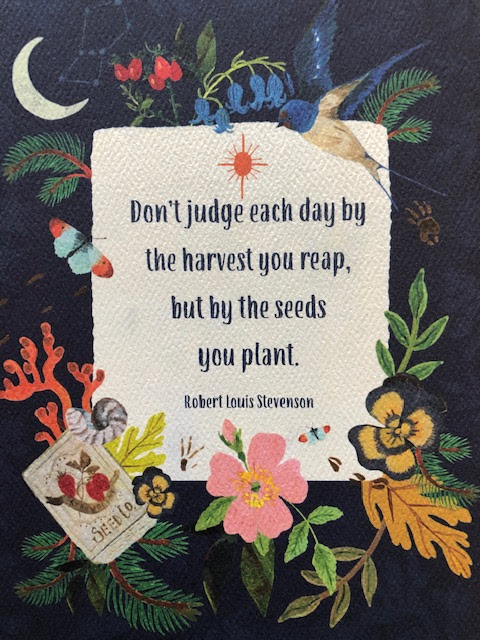What if I told you that it’s entirely possible for you to feel as young and healthy in your 90’s as you did when you were in your 20’s? If that sounds too good to be true then you have not met the people living in the Blue Zones!
That’s right…..these folks have essentially cracked the code and found the secrets to living a long and healthy life! And I’m going to tell you how they did it!
Let’s start with the basics…..What the heck is a Blue Zone?
In a nutshell, Blue Zones are specific places around the world where you will find the highest concentration of centenarians as well as people living into their 80’s and 90’s. Not only are these people living longer, they are also healthier and they rarely suffer from the chronic diseases that are often associated with getting older.
Over the years, many people have studied longevity but it was a journalist by the name of Dan Buettner who first introduced us to the Blue Zones. His 2005 National Geographic cover story titled “The Secrets of Long Life” explored the wisdom of the people living in the Blue Zones.
To date, there are five Blue Zones that have been studied by Dan and this team of researchers. They are:
1. Ikaria, Greece
2. Sardinia, Italy
3. Okinawa, Japan
4. Nicoya, Costa Rica
5. Loma Linda, California
While studying these areas of longevity, Dan discovered that many of the Blue Zones have similar lifestyle traits which they believe contribute to living a long and healthy life. These similarities include:
1. Eating a plant based diet – 90% of the diet is plants; animal products are eaten on average only 5 times/month.
2. Daily exercise – Walking, gardening, cleaning, any activity that moves the body naturally.
3. Low stress levels – Having a routine to deal with stress.
4. Strong social connections – Being part of a social circle with like minded people has been shown to favorably shape your health behaviors.
5. A sense of purpose – “Why do I wake up in the morning?” Knowing your purpose can add seven years to your life.
6. A positive attitude about aging – People in the Blue Zones do not fear aging. They know that it is simply a fact of life.
It’s no surprise that all of the Blue Zones share a love of plant based eating. For the most part, many of the people grow their own fruits and vegetables so they always have access to fresh produce. In addition to fruits and vegetables, their diet is high in beans, legumes, healthy fats and whole grains. They consume moderate amounts of dairy, fish and seafood with infrequent servings of meat and processed foods.
Although their diets are very similar, each Blue Zone seems to have one or two things that is unique to their region and therefore considered their “secret” to longevity. For example, Ikaria claims their local coffee and local honey are the keys to longevity. In Loma Linda, the Adventists follow a strict vegetarian/vegan diet. Sardinia swears it’s the local wine called Cannonau that keeps them young. Okinawans can’t seem to get enough of their seaweed, green tea and purple potatoes and in Nicoya, it is the yams, plantains and corn tortillas that keep them going strong.
When you observe the lifestyle habits of the people living in the Blue Zones, it appears there’s nothing too unusual about what they’re doing yet it is such a sharp contrast to what is happening here in the U.S. Our average life expectancy is 79 years. We have an epidemic of obesity, diabetes and heart disease and it’s not showing any signs of stopping.
As Dan Buettner traveled back and forth between the Blue Zones and the United States, he became well aware of this contrast and decided to do something about it. In an effort to bring the ideas of the Blue Zones to the U.S., Dan started the Blue Zones Project.
This pilot project, which began in 2009, works with different communities teaching people how to incorporate the principles of the Blue Zones in order to bring health and longevity into their own lives. These are just some of the astonishing results of this project:
*In Albert Lea, Minnesota the people have shed more than two tons of weight in a single year, decreased health care claims by 49% and increased life expectancy by 3 years.
*Three Los Angeles communities reduced childhood obesity by 68%, adult obesity by 15% and decreased tobacco use by 36%.
*And a farm community in Spencer, Iowa saw healthcare claims drop by 20% and there was an 11% increase in fruit and vegetable consumption. Pretty impressive, isn’t it?
Over the years, the Blue Zone Project has continued to grow with more than 20 different communities and over 5 million people participating.
As you can see, the path to leading a long, healthy life comes from creating an environment around yourself that nudges you into easily following the right behaviors. Simple changes can make a profound difference.
If you are ready to make some of those changes in your own life, I’ve got a few ideas to help you can get started!
*Make a list of the top 5 vegetables you like to eat and then track the number of servings you eat daily.
*Increase your vegetable intake by 1 serving each day with a goal of getting at least 8 servings of vegetables per day.
*Try a new fruit or vegetable each week.
*Use healthy fats like extra virgin olive oil, nuts, olives and avocados.
*Switch to whole grains like quinoa, black rice, millet and oats.
*Rethink your intake of red meat – eat smaller amounts, less frequently.
*Incorporate beans and legumes into your diet every day.
*Move your body more!
*Find your purpose, in other words “What’s your why?”
We know that getting older is a non-negotiable fact of life. The good news is that as we accumulate years, we also gain wisdom. We become more adaptable, perhaps even a bit more flexible and we have a greater understanding of our own resilience.
You have the power to transform the quality of your life…..all you have to do is start by planting those seeds!


